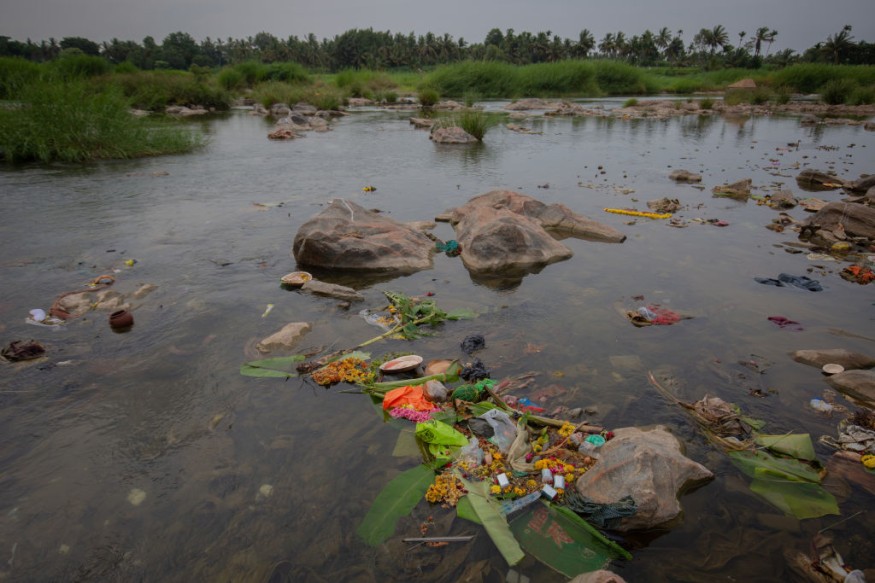
The hydrological cycle is spinning out of balance as a result of climate change and human activities, according to recent World Meteorological Organization research that gives a thorough evaluation of world water resources.
According to the 2022 State of Global Water Resources report, global water cycles are becoming "increasingly erratic" as a result of droughts, excessive rains, and greater melting of snow, ice, and glaciers, all of which pose a danger to long-term water security.
Insufficient access to water
According to the United Nations, around 3.6 billion people already have insufficient access to water at least once a year.
Officials predict the number will rise to 5 billion by 2050.
Extreme glacier loss is occurring from the Tibetan Plateau to mountain ranges in the Himalayas, Alps, and Andes, threatening the water security of millions of people who rely on rivers fed by melting.
"Glaciers and ice cover are retreating before our eyes," WMO Secretary-General Petteri Tallas said in a statement..
Furthermore, rising temperatures have accelerated, leading the atmosphere to hold more moisture and facilitate more heavy downpour events that result in flooding, according to Tallas, who added that the "overwhelming majority" of disasters are water-related.
Climate change, according to scientists, impacts the intensity and frequency of rain and can "supercharge" extreme weather occurrences.
Temperatures have risen by at least 1.1 degrees Celsius from the pre-industrial era, with each fractional degree of warming having an exponential effect.
Global catchment
The WMO's latest water report is only the second analysis released, and it tries to discover patterns in river discharge, reservoir intake, and groundwater levels around the world.
The report also said that more than half of the global catchment areas in significant river basins saw departures from typical discharge conditions in 2022.
The majority of these locations were drier than average, although a smaller fraction of basins were substantially drier.
Hotter temperatures cause higher evaporation and far more intense droughts, according to Tallas.
The abnormalities in soil moisture and evaporation occurred throughout 2022.
According to the research, increased evaporation, decreased soil moisture, and river flows occurred across Europe during the summer as a result of a big heat wave and drought, causing agricultural issues as well as the shutdown of several hydrological power plants owing to a lack of cooling water.
Severe droughts hit other parts of Europe in summer 2022, causing transportation problems on Germany's Danube and Rhine rivers and affecting nuclear power output in France.
The Mississippi River navigation in the United States was hampered by unusually low water levels caused by the region's ongoing drought.
The researchers believe that the transition from La Nina to El Nino conditions in 2023 will have a significant influence on global water cycles.
In order to help society cope with increasing water extremes, whether too much or too little, the WMO is urging for improved monitoring and data sharing across borders, as well as increased investments to support international collaboration.
They also want more early warnings and a more integrated water management policy.
Related Article : Shifting Patterns in Global Water Cycle Could Lead to Worldwide Catastrophic Events
Related Video:
© 2025 NatureWorldNews.com All rights reserved. Do not reproduce without permission.





